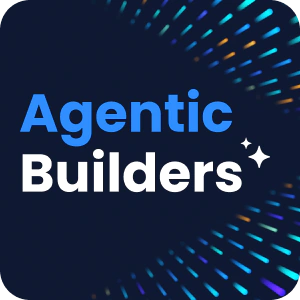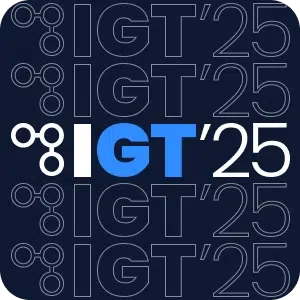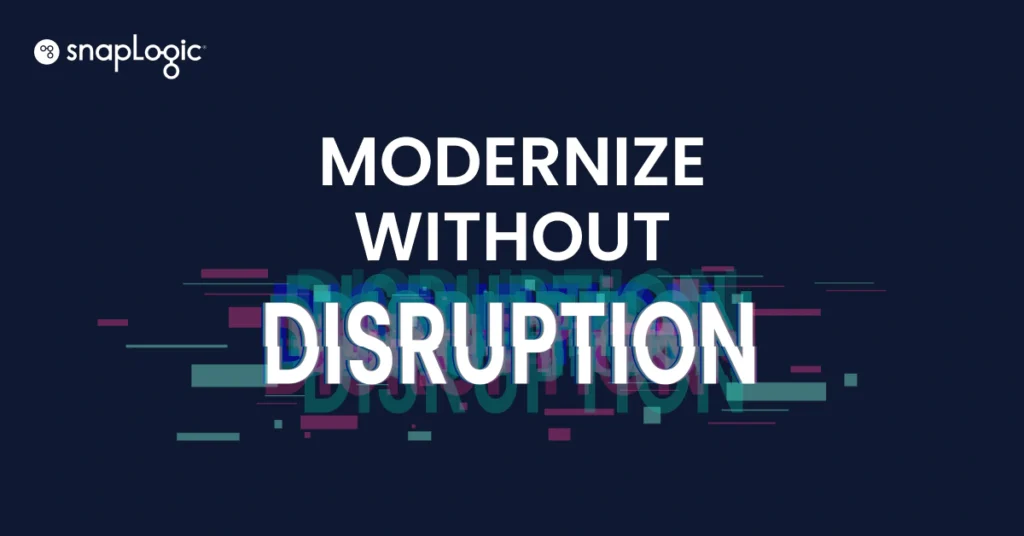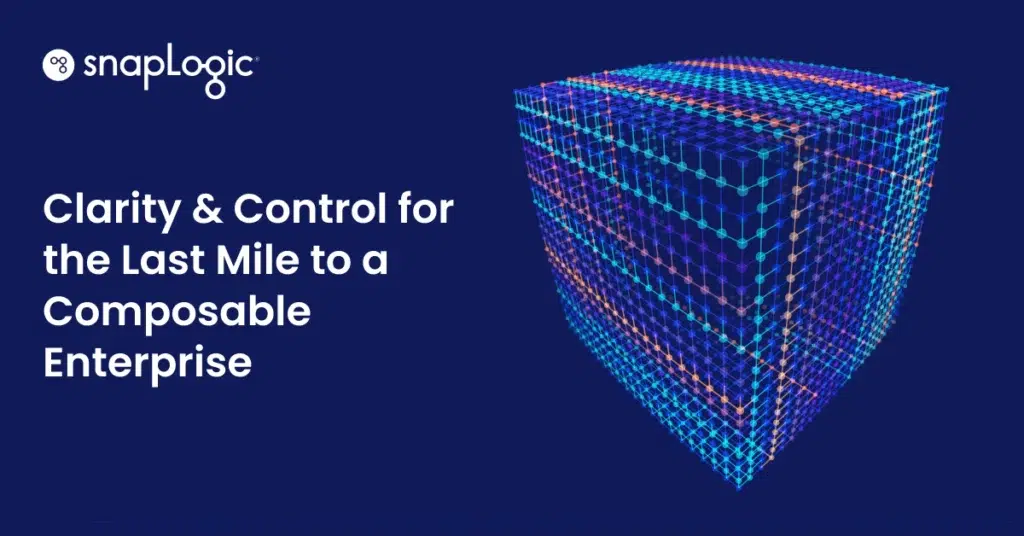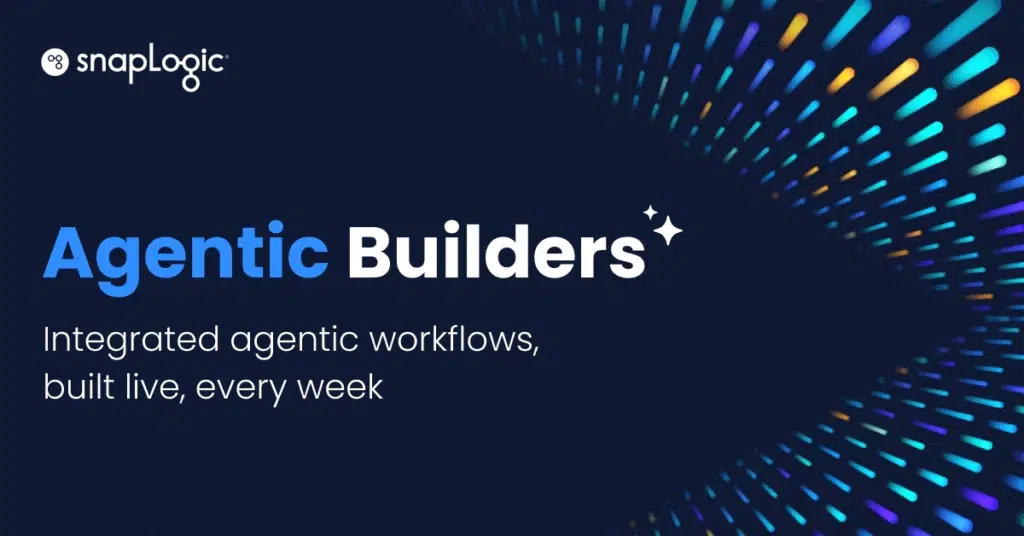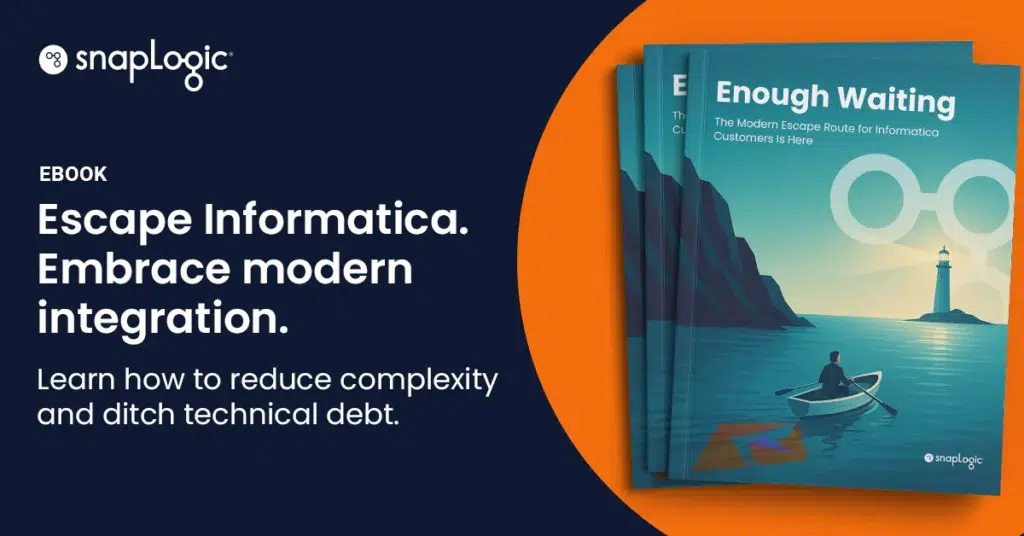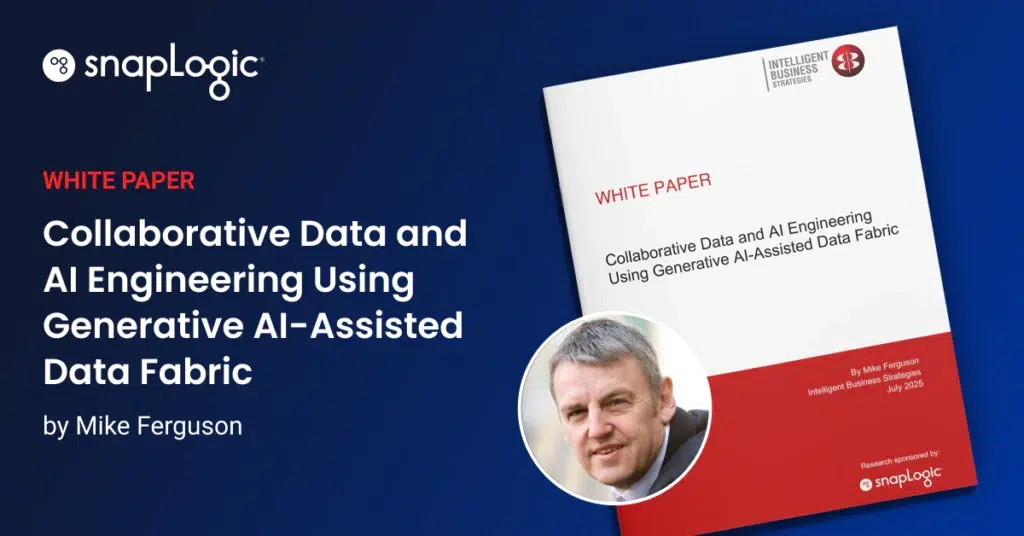What is vibe coding?
Vibe coding is a flexible, intuitive style of software development where the programmer prioritizes momentum, experimentation, and personal inspiration over planning and formal structure. Instead of starting with a rigid design, vibe coders tend to “feel their way through” a problem, letting instinct and curiosity guide their decisions. It’s more about expressing an idea and chasing energy than following conventions or optimizing for scale.
This approach is often used in solo projects, creative coding, or early-stage prototyping where speed and ideation matter more than long-term maintainability.
Origins of the term
The term “vibe coding” began as a lighthearted phrase shared in developer circles on Twitter, Reddit, and GitHub. It was used to describe late-night coding sessions where structure goes out the window and inspiration takes the lead.
Although it started as a joke, it resonated with many programmers who find themselves energized by spontaneous, unstructured coding. Over time, it became a legitimate way to describe a real mindset in software development, especially among those who enjoy coding as a form of creative expression.
Common use cases
Vibe coding tends to work best in situations where fast iteration and creativity are more important than process or collaboration. For example:
- Rapid prototyping lets developers quickly explore a concept without worrying about long-term design choices.
- Hackathons and coding sprints reward fast progress and bold experimentation, making vibe coding a good fit.
- Generative art and creative coding benefit from a fluid, expressive coding style that encourages play and discovery.
- Personal passion projects often reflect the coder’s personality and instincts more than formal methodology.
Some developers use vibe coding to mock up data ingestion pipelines or test out machine learning algorithms in a sandbox environment before applying formal design patterns.
How it works
Vibe coding typically starts with a rough idea and a strong desire to get something working right away. Instead of planning everything up front, the developer writes code as thoughts and ideas emerge. They may jump between files, experiment with libraries they’ve never used, and rely on intuition to guide their decisions.
Tools are often chosen for their simplicity or appeal rather than their technical superiority. For instance, a developer might reach for tools like Spark SQL or Snowflake for rapid prototyping, even before fully defining their data integration strategy. Live coding environments, browser previews, and quick refresh loops help maintain momentum and keep the creative energy flowing.
In many cases, testing, documentation, and architecture are skipped at first to avoid interrupting the creative flow.
Why it’s useful
While vibe coding may look chaotic from the outside, it serves a real purpose in certain stages of the development process. It can help:
- Unlock creativity by removing constraints that might otherwise stall progress
- Accelerate learning by allowing developers to try new tools and techniques without pressure
- Maintain engagement by keeping work fun and rewarding
- Uncover new ideas through spontaneous discovery rather than structured analysis
It can also be useful for quickly mocking up data integration platform features or simulating how a database schema might behave under different load scenarios. These exploratory steps can later be formalized as part of a broader integration architecture.
How SnapLogic supports the “vibe coder” mindset
SnapLogic’s low-code, AI-powered integration platform aligns well with the principles of vibe coding by removing friction and enabling fast iteration. With SnapLogic, users can connect systems, transform data, and build pipelines using an intuitive visual interface. This makes it ideal for experimentation, creative problem solving, and testing ideas before committing to a full data integration process.
Whether you’re experimenting with new applications, prototyping data flows, or testing integrations on the fly, SnapLogic gives you the flexibility to move quickly without sacrificing scalability later on. For developers and teams who thrive on rapid ideation, SnapLogic makes it easier to capture that creative momentum and turn early-stage exploration into production-ready solutions.
